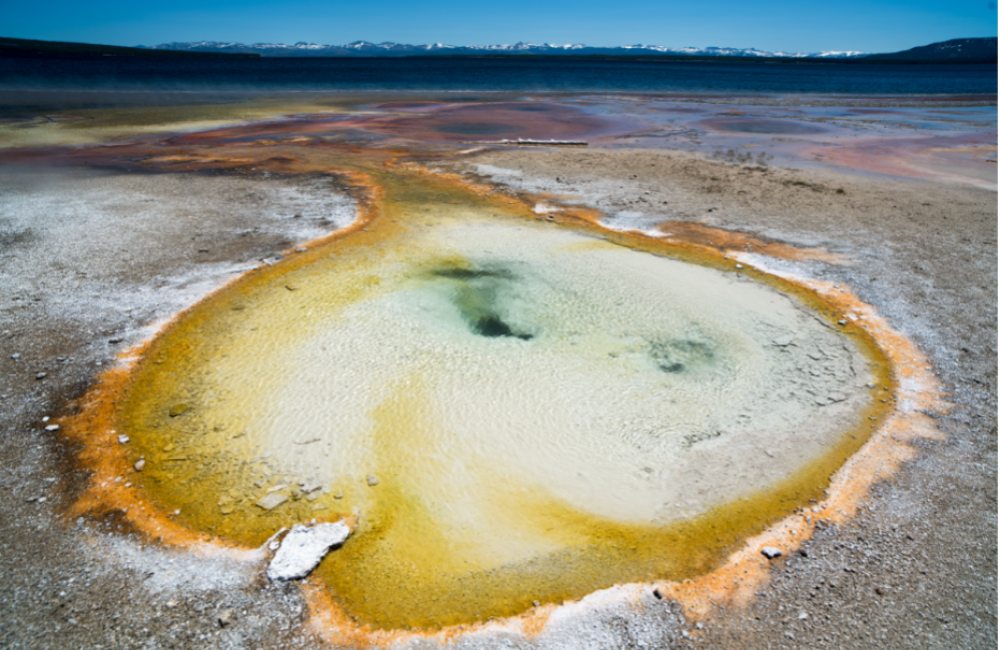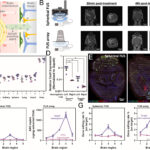科学者たちが遠く離れた温泉の微生物を調べながら進化の手がかりを見つける Scientists find evolutionary clues while examining microbes in far-flung hot springs
2023-09-12 オークリッジ国立研究所(ORNL)
◆この研究は、アメリカ、アイスランド、日本の水温が摂氏65度(華氏149度)以上の温泉を初めてサンプリングしたもので、環境はユニークな地質と化学組成を持っており、何千マイルも離れた場所に高度に関連する微生物を見つけたことは驚きでした。
<関連情報>
- https://www.ornl.gov/news/life-boiling-water
- https://ami-journals.onlinelibrary.wiley.com/doi/abs/10.1111/1462-2920.16472
地殻変動と地質環境が温泉微生物学に影響を与える Tectonic and geological setting influence hot spring microbiology
Daniel R. Colman, Allison Veach, Andri Stefánsson, Louie Wurch, B. Shafer Belisle, Peter T. Podar, Zamin Yang, Dawn Klingeman, Kazuyo Senba, Katsuhiko S. Murakami, Jakob K. Kristjánsson, Snædís H. Björnsdóttir, Eric S. Boyd, Mircea Podar
Environmental Microbiology Published: 08 August 2023
DOI:https://doi.org/10.1111/1462-2920.16472
Abstract
Hydrothermal systems form at divergent and convergent boundaries of lithospheric plates and within plates due to weakened crust and mantle plumes, playing host to diverse microbial ecosystems. Little is known of how differences in tectonic setting influence the geochemical and microbial compositions of these hydrothermal ecosystems. Here, coordinated geochemical and microbial community analyses were conducted on 87 high-temperature (>65°C) water and sediment samples from hot springs in Yellowstone National Park, Wyoming, USA (n = 41; mantle plume setting), Iceland (n = 41, divergent boundary), and Japan (n = 5; convergent boundary). Region-specific variation in geochemistry and sediment-associated 16S rRNA gene amplicon sequence variant (ASV) composition was observed, with 16S rRNA gene assemblages being nearly completely distinguished by region and pH being the most explanatory parameter within regions. Several low abundance ASVs exhibited cosmopolitan distributions across regions, while most high-abundance ASVs were only identified in specific regions. The presence of some cosmopolitan ASVs across regions argues against dispersal limitation primarily shaping the distribution of taxa among regions. Rather, the results point to local tectonic and geologic characteristics shaping the geochemistry of continental hydrothermal systems that then select for distinct microbial assemblages. These results provide new insights into the co-evolution of hydrothermal systems and their microbial communities.



